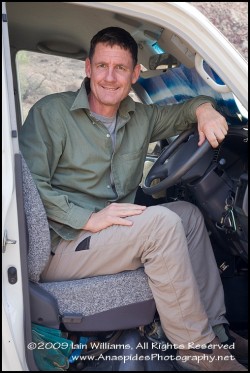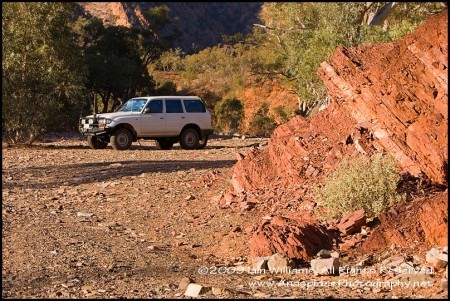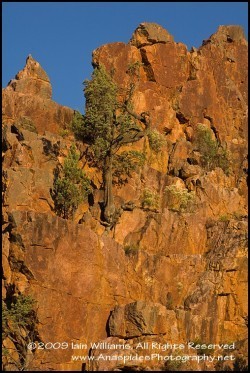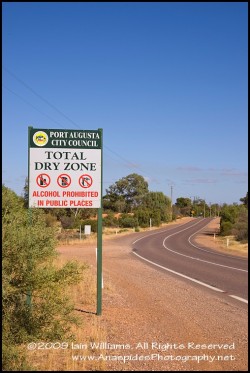Burrowing Owl (Athene cunicularia) - California
 Thursday, December 24, 2009 at 5:59PM
Thursday, December 24, 2009 at 5:59PM 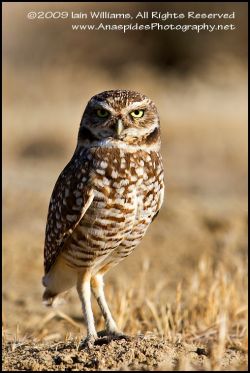 In November, I was in Los Angeles, California visiting with a good friend and was inviting to a "coursing" event. I went along to photograph the dogs which were pure breed greyhounds. I'll post a note about this shortly.
In November, I was in Los Angeles, California visiting with a good friend and was inviting to a "coursing" event. I went along to photograph the dogs which were pure breed greyhounds. I'll post a note about this shortly.
The coursing event was an all day affair and was run on a property some 150 mile north west of LA. The dogs and hunters covered a lot of ground on what I would call arid land; there was a lot of dirt and a heck of a lot of dust. The day was warm and temperatures hovered around the 90 degree F mark. As the day progressed I would troll after the dogs photographing the events as they transpired.
What really excited me was when I observed this Burrowing Owl (Athene cunicularia) in his/her burrow with only its head protruding. I waited outside the burrow for about an hour lying in the dust and dirt with my camera at the ready. Eventually, the owl became curious, came out of the burrow and "pranced about" in front of my camera for about 30 minutes or so. It was rare treat and one I thoroughly enjoyed. At one stage the owl was so close to me that my 70-200 f2.8 lens would not focus!
To make things even better, all this happened relaytively late in the afternoon approaching "golden hour" when the environment is lit by a beautful golden glow.
ABOVE: Burrowing Owl (Athene cunicularia) stands in front of burrow.
 Athene cunicularia,
Athene cunicularia,  Bird,
Bird,  Burrowing Owl,
Burrowing Owl,  California,
California,  Desert,
Desert,  USA in
USA in  United States of America
United States of America 



